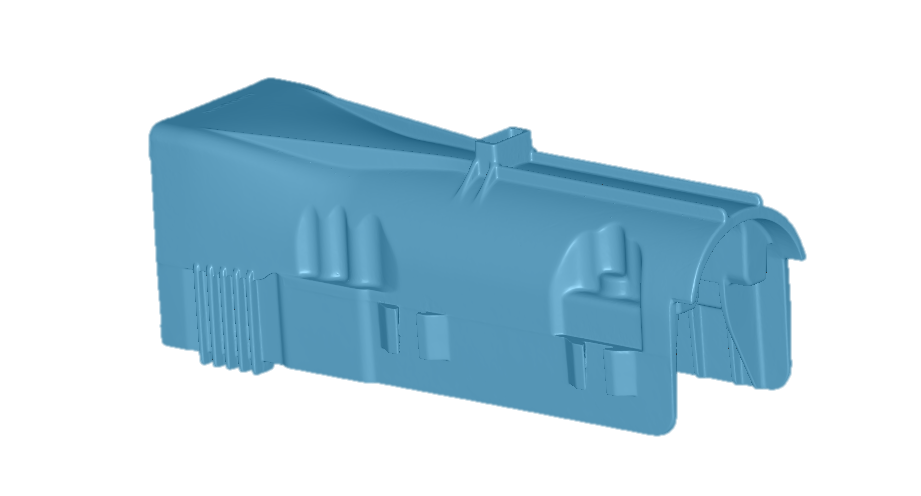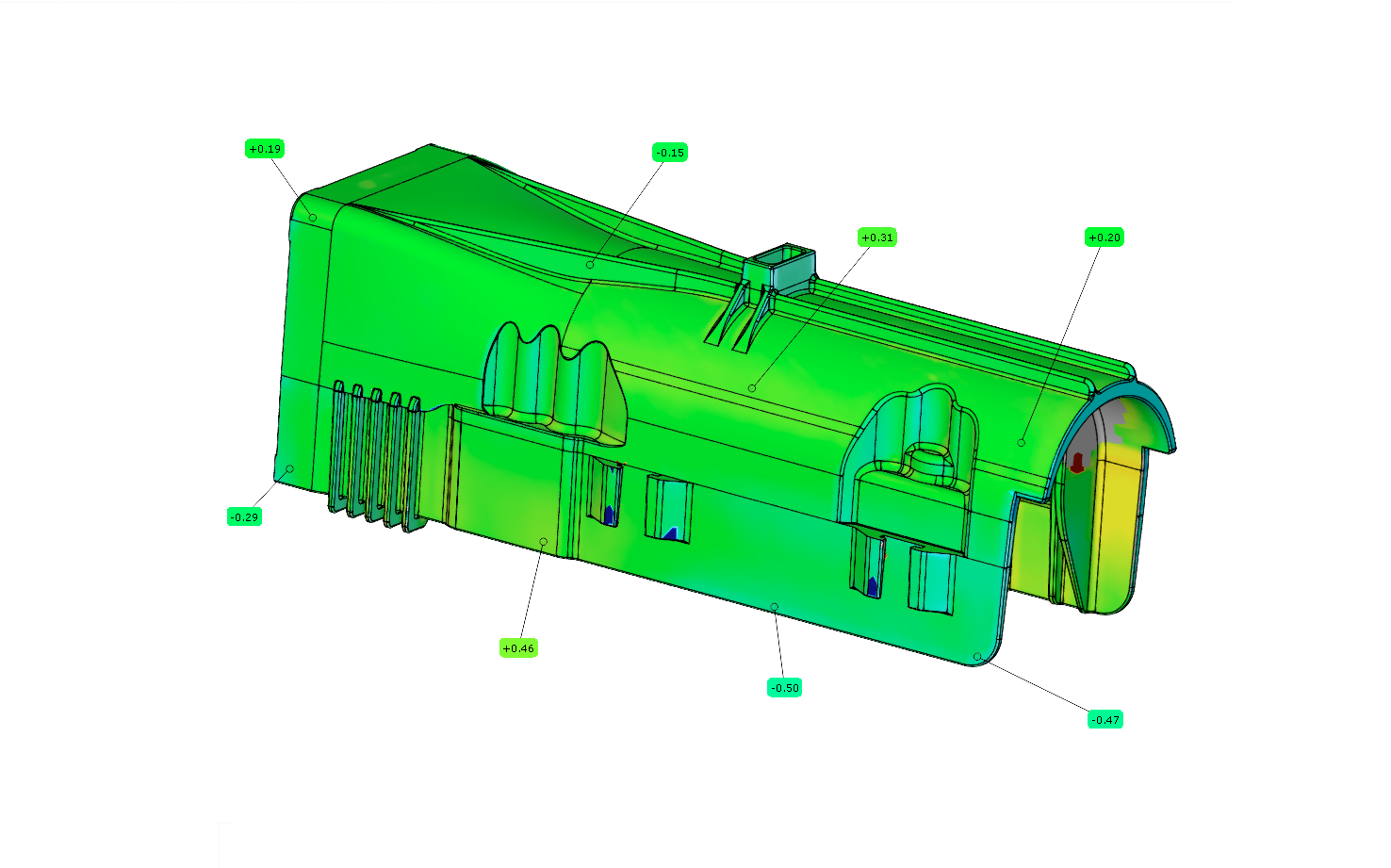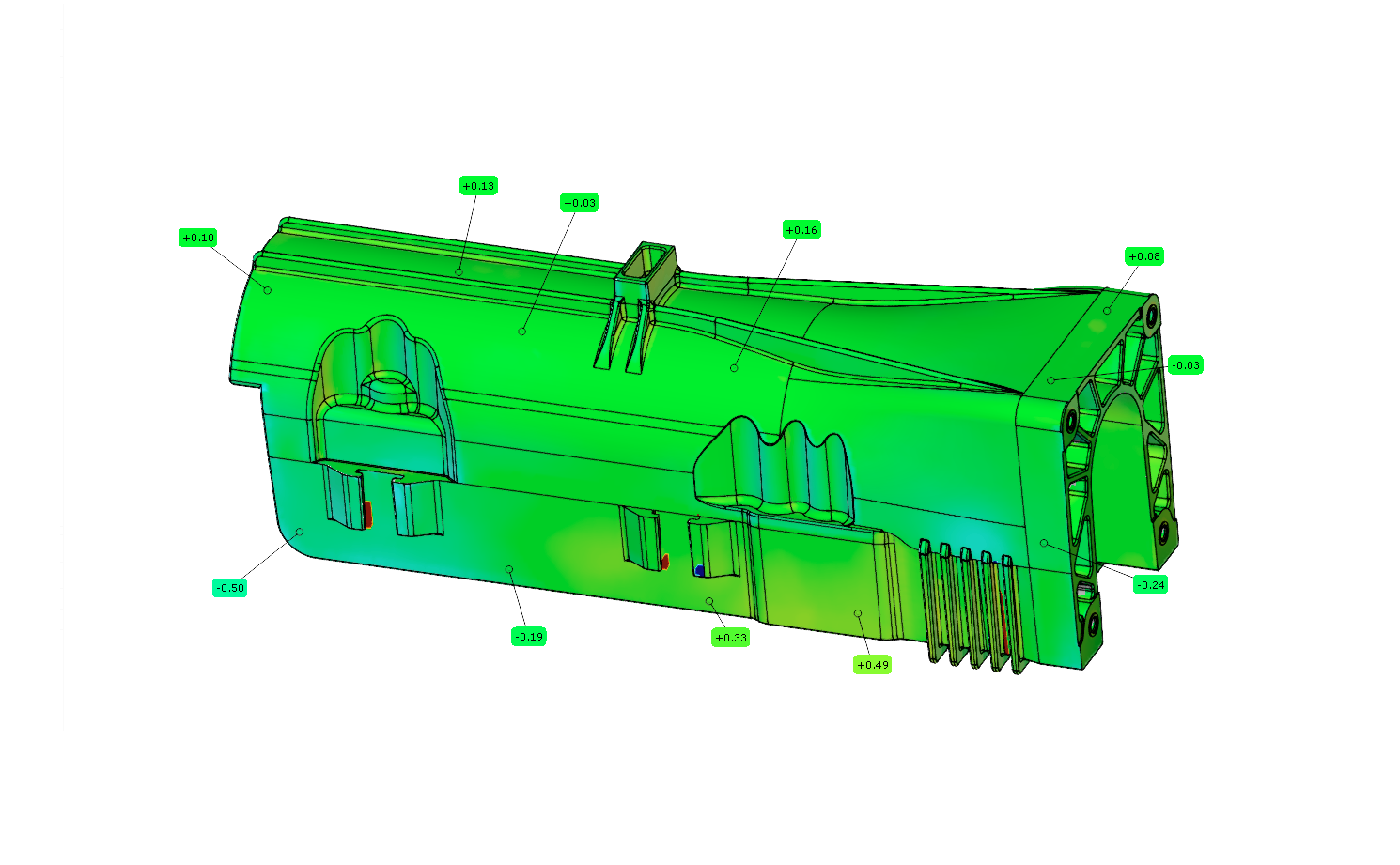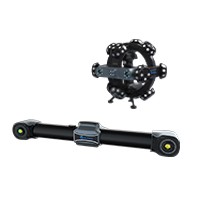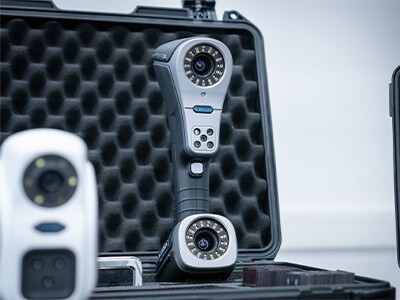Nowadays, people cannot live without electricity. In other words, electrical safety, as the most fundamental part of daily production and life, must be ensured.
Insulation products are of the utmost importance to electrical safety. The structures, materials, manufacturing processes, operating environments, voltages, and loads can impact the performance of insulation products. Therefore, effective quality control before launching the products is essential to ensure product stability and the safe operation of electrical devices.
Of course, quality control is not limited to safety. It also affects a product’s functionality, comfort, and service life. German is well-known for its high-quality manufacturing mostly because of its rigorous quality control.
Defective products cannot make a profit. Nowadays, as the manufacturing industry upgrades, more and more enterprises have realized the importance of quality control. Having noticed the limitations of human detection and the prospect of 3D scanning, companies have begun to implement high standard quality control using 3D detection technology.
Insulation product detection
The traditional detection method for insulation products is using calipers. However, this approach is inefficient and inaccurate. What’s worse, calipers are useless in detecting curved surfaces. And if a curved surface is slightly deformed, it is even more difficult to obtain deformation 3D data.
Our client is an insulation parts manufacturer, and the product to be detected in the outer casing of the insulation parts. Because of the grooves, protrusions, and deep holes of the outer casings, it is not an easy task to have precise detection and focus on details. While the 3D scanning technology can complete the task easily.
ScanTech 3D solution
ScanTech chose the KSCAN composite 3D laser scanner to detect the insulation products.



